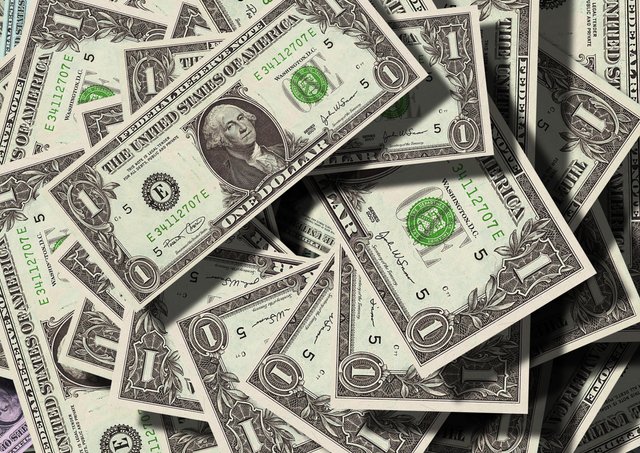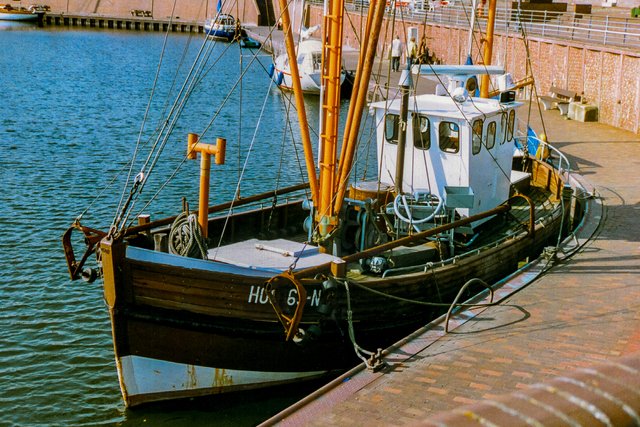In our exploration of maritime shipping finance...
...we are currently looking at what happened in the maritime shipping industry from 1950 to 2002. Now what was particularly important during this period of time was the rise of standardization by means of containerization.

Constant change was so prevalent...
...from 1950 onwards that Dr. Martin Stopford, Managing Director of Clarkson Research, divided the period up into 5 distinct periods. In an October 2002 forum, he explained that the period since 1950 can best be understood by the following phases, namely Cash (1950-1956), Charterback (1956-1970), Bubble (1970-1979), Distress (1979-1988), and Convalescence (1988-2002).
If you can remember, last time we talked about the "Charterback" period (1956-1970)...
Now today we are going to look at the period directly following that. The period I am referring to was called the
“Bubble” (1970 – 1979) period
As trade grew...
...and the shipping market became more and more competitive, many shipowners started to feel tied-up by their charter commitments. They wanted to stop their dependence on charters. Instead, they wanted to just buy ships independent of such relationships. Banks felt the same way. They started to offer loans that required only the ship itself as collateral.

No guarantee of future earnings in the form of charter payments were needed.
This development caused an extreme explosion in the amount of ships ordered during the period. It is called a “bubble” because the supply of vessels greatly exceeded the demand. The 1973 oil crisis rendered many ships redundant. With no charter agreements in place owners could not their capital repayment obligations.

